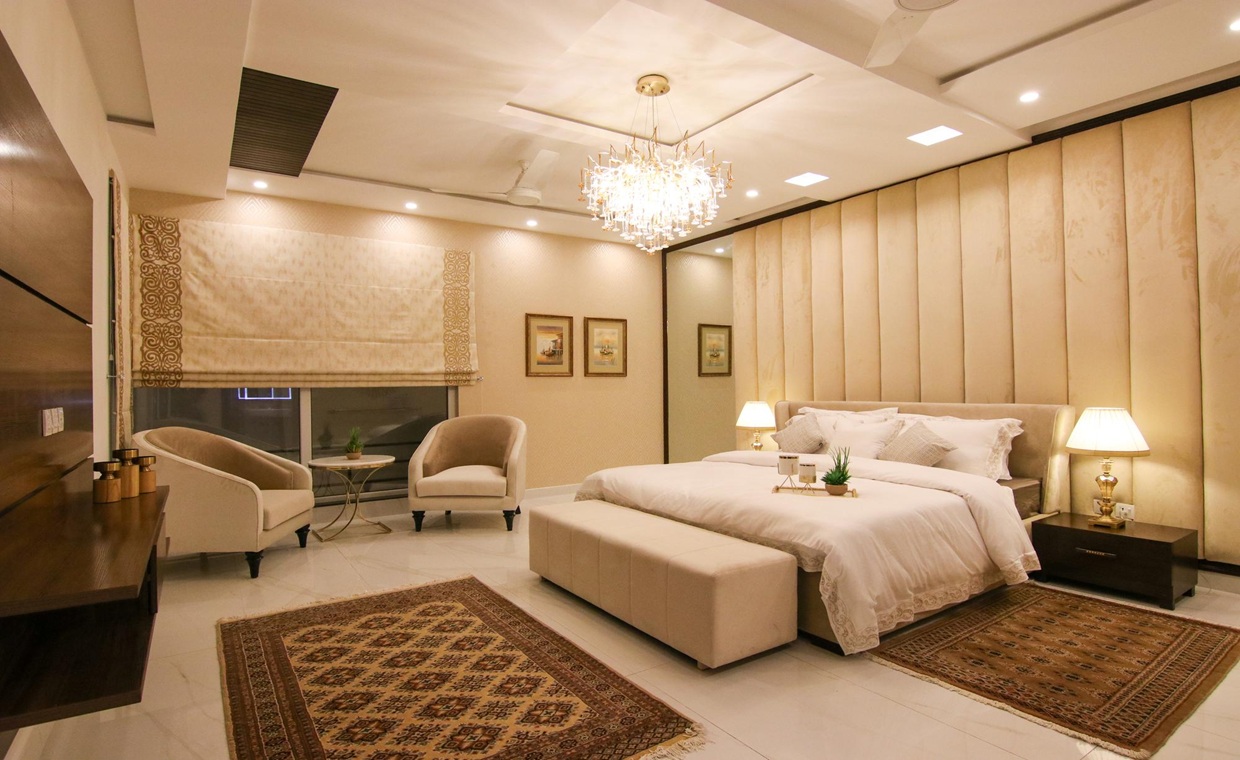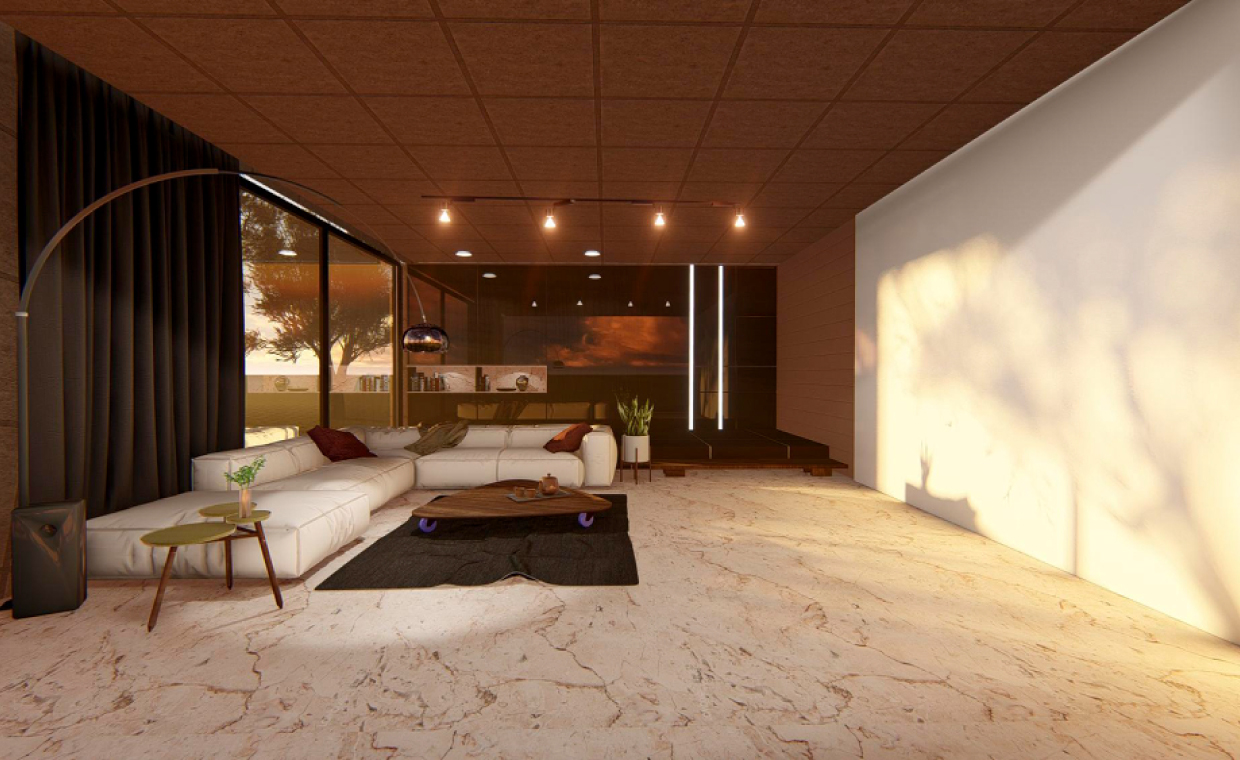
Owning a home theatre is made possible with the new technology. Families can watch the latest movies in the comfort of their homes. There are a few steps to design your own home theatre at a reasonable cost.
Building a Home Theatre Tips
If you love to binge-watch, a home theatre is a great investment to choose.
01. Home Theatre Location

The best spot for a home theatre is somewhere with less interruption. It could be in the family room or a vacant space that is easy to renovate.
A home theatre need not occupy a huge space but 20 x 13 feet is enough to accommodate the whole family. Choose a location in your house that is a bit isolated for better sound quality when you watch movies.
Having a two-story house is an advantage. You can secure a theatre room on the second floor to avoid any disruption.
02. Home Theatre Sound Insulation

After deciding where to place the theatre, start the home design with proper insulation. This will enhance the overall experience in a home theatre. Binge-watching can be loud and such a feature ensures that the rest of the house won’t get distracted.
Start by constructing a shell to mark your theatre room. Some materials promote better insulation from the floor to the ceiling design. Both the interior and exterior walls also play a vital role to create sound barriers between rooms.
03. Home Theatre Sound System

Pre-wiring a sound system is necessary to set up a home theatre. A good sound adds up value to your binge-watch experience. There is no chance to miss out on your favorite characters’ exchange of thoughts.
Home theatres are better with a surrounding sound system to hear dialogues on movies clearly. It must be composed of a subwoofer and channel speakers. A total of seven speakers should be in proper positions to deliver decent sounds.
Place a center speaker above or below the viewing screen, with additional speakers on each side. And also, fill the side wall and the back wall with a speaker to let the viewers hear apparent sound.
Hide the hub in a closet or cabinet inside the home theatre. This works to secure the receiver and other A/V equipment out of sight. Use stronger audio cables for the center and left/right speakers, while 16-4 will be enough for the remaining speakers.
A good alternative is the 9.1 surround sound system. This one is made of top speakers which are suitable for action movies.
04. Video Projector

Pre-wiring a projector system gives off a more realistic theatre experience. All it needs is two cables – the HDMI cable and the CAT5 control wire. The prior aims to produce a high-definition image and video for the viewers. While CAT5 control wire makes it easier to operate the projector with an RF remote for convenience.
The projector shall be hung on the rear part of the theatre with the use of certain cables. Additionally, prepare wires for satellite and internet systems so that you can stream unlimited movies.
05. Home Theatre Lighting

Proper lighting is crucial in a home theatre for a better viewing experience. They must exist on the ceiling and the side walls to create your desired vibe similar to usual theatres. Fix the electrical wiring in every corner for easy installation of lights.
Most theatre builders recommend using an RF dimmer. It can be controlled with the same RF remote for the projector to reduce costs. Set up the lighting depending on the atmosphere inside the theatre that you want to achieve.
Adding floor lighting can make the theatre look like a stadium. Therefore, it is ideal for larger home theatres using low-voltage equipment for minimal energy consumption.
06. Added Soundproofing in Home Theatre

Theatres must feature noise reduction for an optimal experience. Constructing drywall will ensure soundproofing though it adds up to your expenses. Hence, vinyl-made drywall is a good option for a tighter budget.
07. Assembly
When all the wires are ready, begin to assemble the screen, speakers, and other equipment to complete your theatre room. Make sure that everything is well-measured.
Set the multimedia devices in the proper places to get started in enjoying your home theatre. You may ask experts to design your own home theatre with a variety of panels giving off a real theatre experience. It is all up to you what more to add to the room to fulfill your dream theatre.
08. Home Theatre Seating

A home theatre is never complete without seats. It is best to invest in high-quality chairs for better comfort. It depends on the capacity of the room and how many seats you would purchase. For instance, a standard-size theatre can cater to up to four seats. One thing to note is to put a platform at the back for additional viewing seats.
Such kinds of seats come in different styles with special features for added comfort. Choose a seat built with armrests so that viewers can sit back and relax while enjoying the show.
Final Words
Watching in cinemas is becoming more and more expensive, so why not building a home theatre at your own? Investing in a home theatre is something you won’t regret in the long run. It might require time, money, and effort but experts can help you turn a space into a movie room.






























